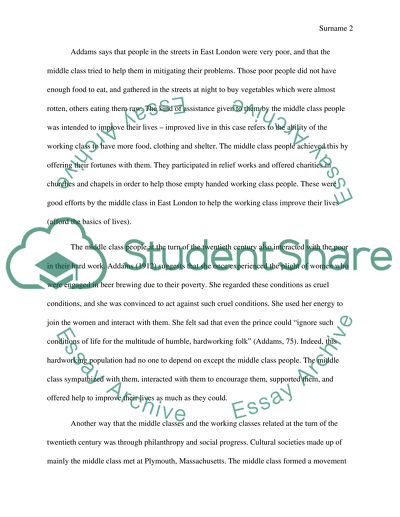Cite this document
(“The Relationship Between The Middle And Working Classes Essay”, n.d.)
Retrieved from https://studentshare.org/history/1630192-the-relationship-between-the-middle-and-working-classes-around-the-turn-of-the-twentieth-century
Retrieved from https://studentshare.org/history/1630192-the-relationship-between-the-middle-and-working-classes-around-the-turn-of-the-twentieth-century
(The Relationship Between The Middle And Working Classes Essay)
https://studentshare.org/history/1630192-the-relationship-between-the-middle-and-working-classes-around-the-turn-of-the-twentieth-century.
https://studentshare.org/history/1630192-the-relationship-between-the-middle-and-working-classes-around-the-turn-of-the-twentieth-century.
“The Relationship Between The Middle And Working Classes Essay”, n.d. https://studentshare.org/history/1630192-the-relationship-between-the-middle-and-working-classes-around-the-turn-of-the-twentieth-century.


